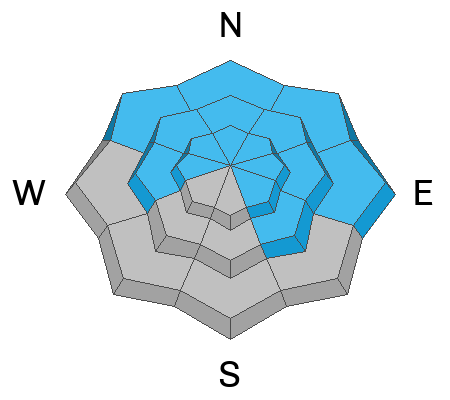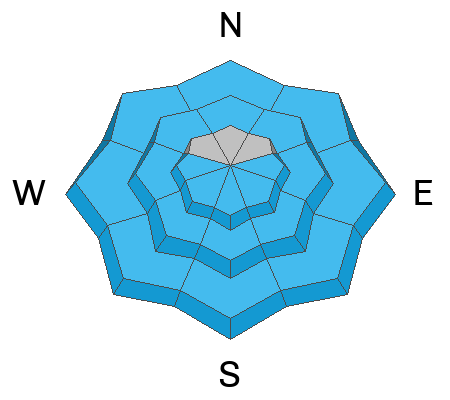Forecast for the Salt Lake Area Mountains

Issued by Trent Meisenheimer on
Wednesday morning, January 31, 2024
Wednesday morning, January 31, 2024
Today, there is a MODERATE avalanche danger that exists on steep west to north to southeast facing slopes for triggering a 2-5' thick hard slab avalanche that fails on a buried persistent weak layer of faceted snow.
With clear skies and warm temperatures, the danger for wet avalanches will rise to MODERATE and possibly CONSIDERABLE on all steep sunny (as well as low to mid elevation shady) slopes.

Low
Moderate
Considerable
High
Extreme
Learn how to read the forecast here









